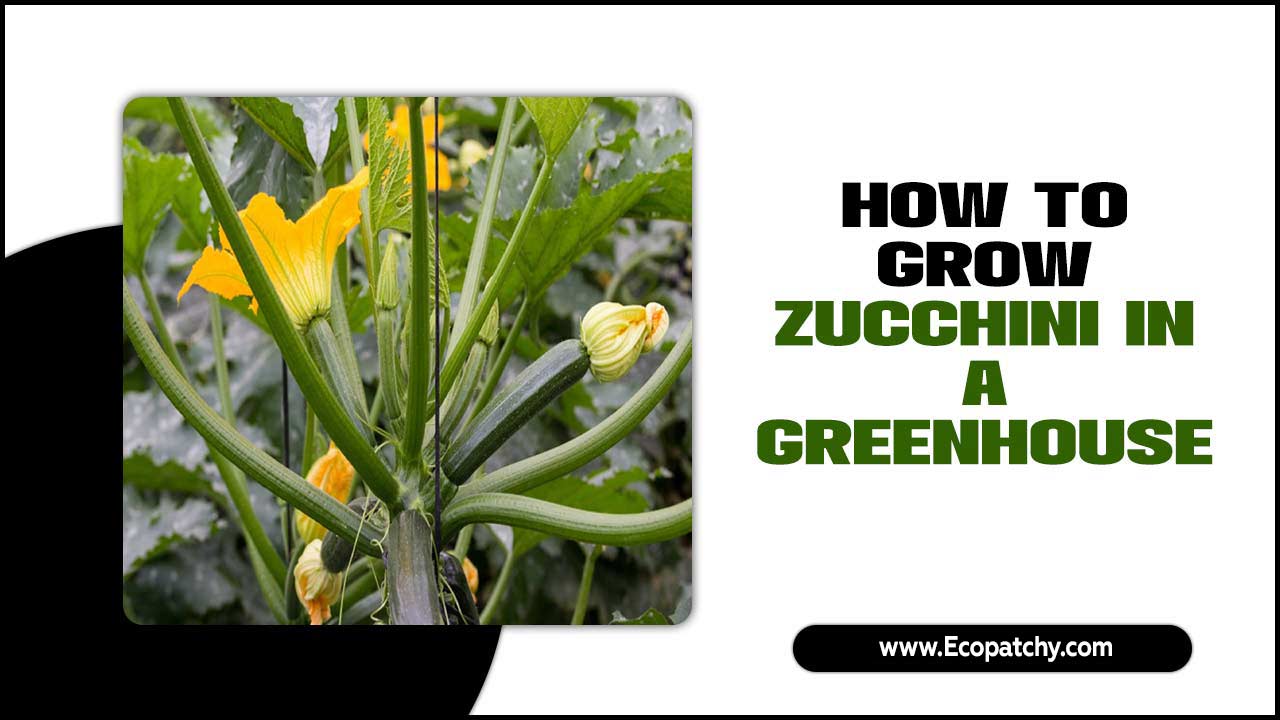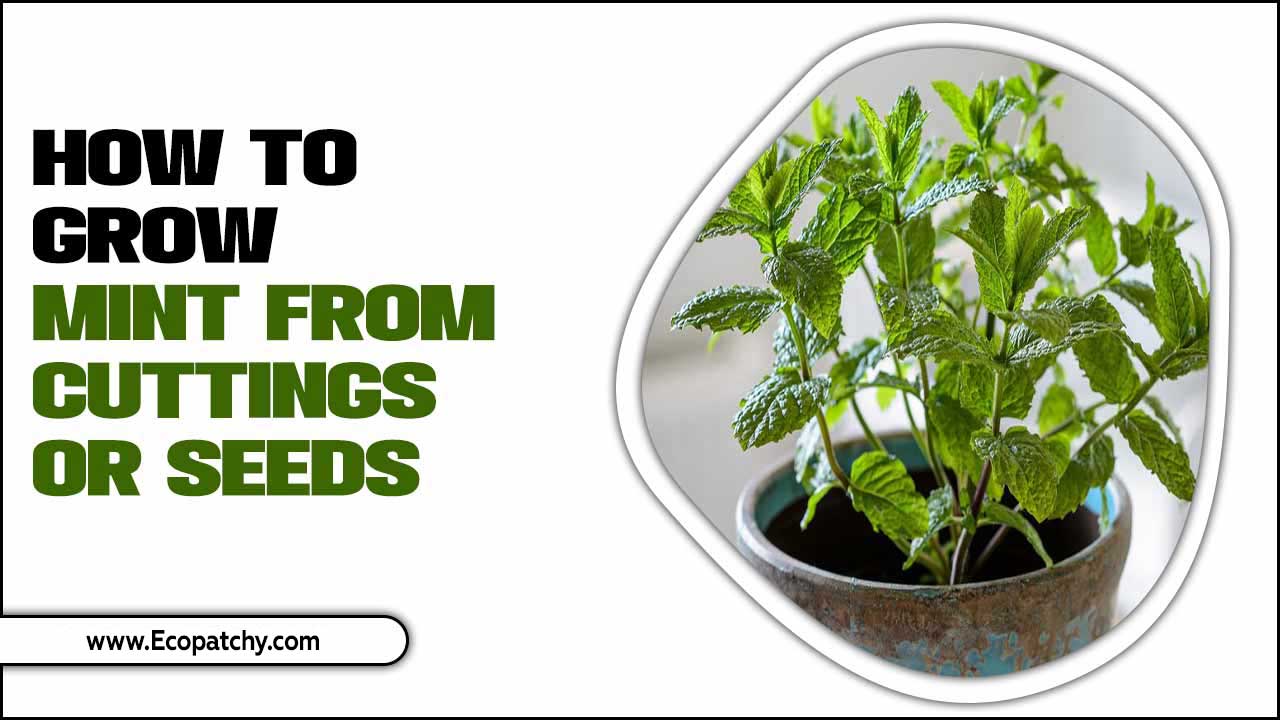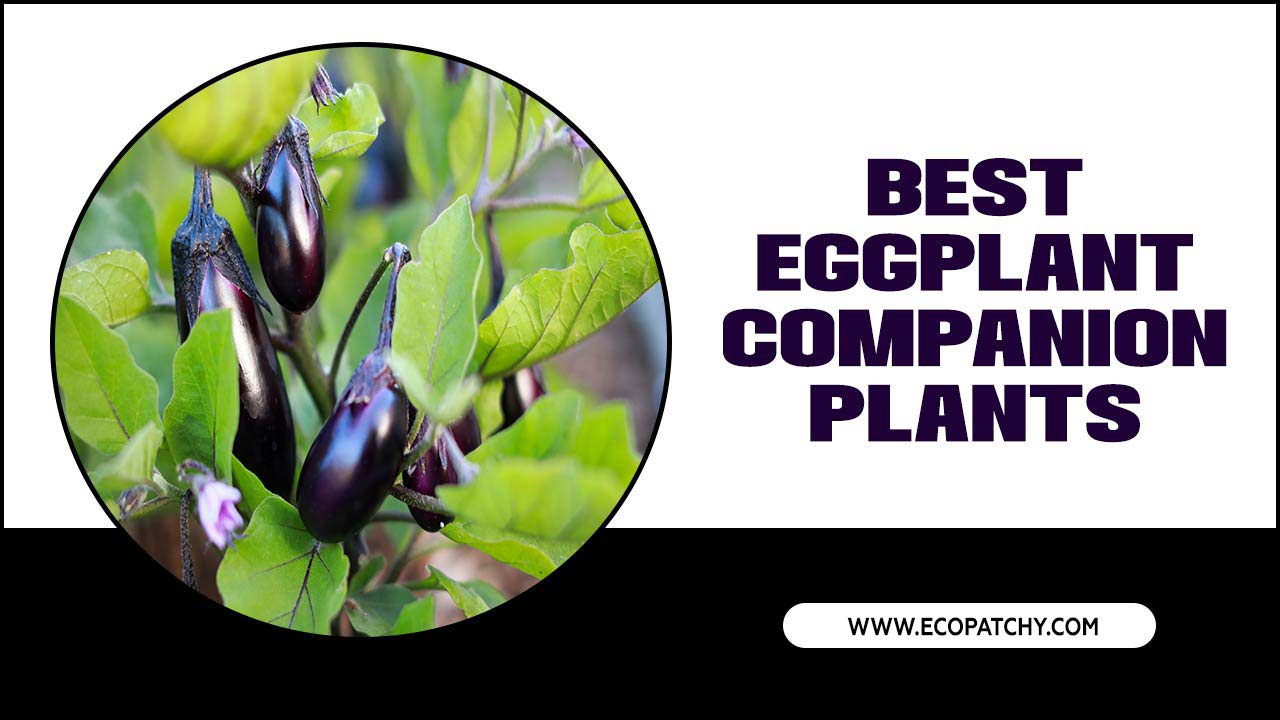Tomatoes are one of the most popular fruits in the world, loved for their versatility in cooking and juicy, flavorful taste. However, if you are a tomato grower, you may have experienced the frustration of finding your precious fruits split and cracked.
This phenomenon, known as tomato splitting or cracking, can be a common issue for many gardeners and farmers. Not only is it disappointing to see your hard work go to waste, but it can also result in decreased yield and quality of the fruits. The causes of tomato splitting and cracking are varied and can range from environmental factors to cultural practices.
We will investigate the reasons behind this problem and provide solutions to prevent and manage it effectively. Whether a novice or an experienced tomato grower, understanding the reasons behind splitting and cracking can help you produce a bountiful harvest of beautiful, intact tomatoes.
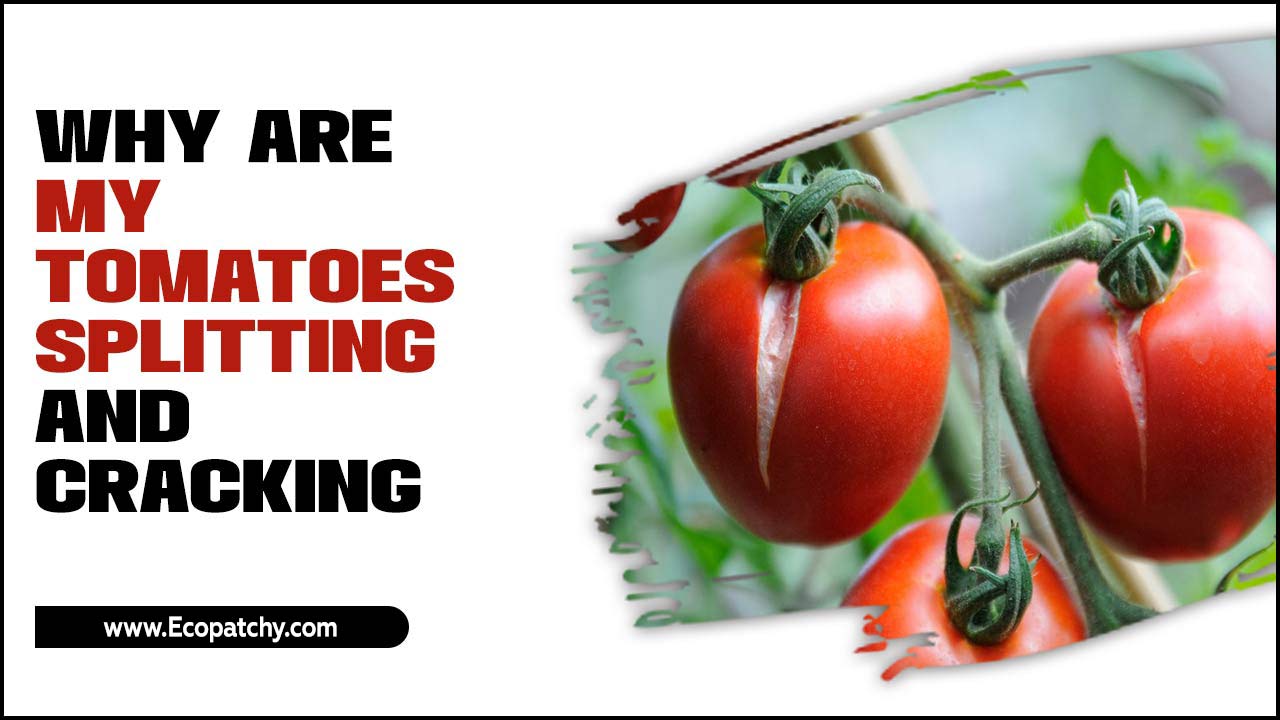
Why Are My Tomatoes Splitting And Cracking – Full Discussion
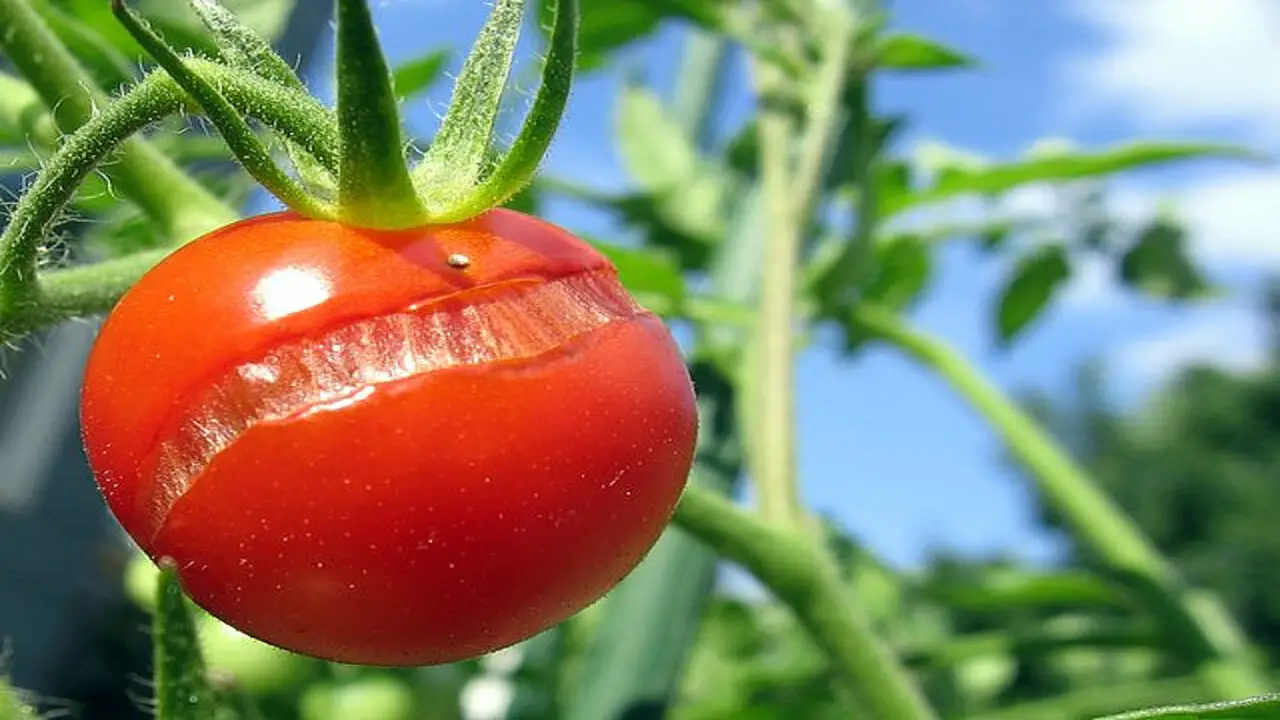
Tomatoes can split and crack due to various reasons. One common cause is irregular watering practices. When tomato plants experience fluctuations in soil moisture, particularly when they receive sudden heavy watering after a period of dryness, the tomatoes can expand too rapidly, and the skin may not stretch to accommodate the growth, causing them to split.
Another reason for splitting and cracking is excessive heat. High temperatures can accelerate the ripening process, leading to rapid expansion of the tomatoes and an increased likelihood of cracking. Genetics can also play a role. Some tomato varieties are more prone to splitting and cracking than others.
To prevent splitting and cracking, it is important to maintain consistent watering practices, ensuring that the plants receive regular, deep watering. Mulching the soil around the plants can help to retain moisture and regulate soil temperature. Providing shade or using shade cloth during extreme heat can also help to protect the tomatoes.
Causes Of Tomato Splitting And Cracking
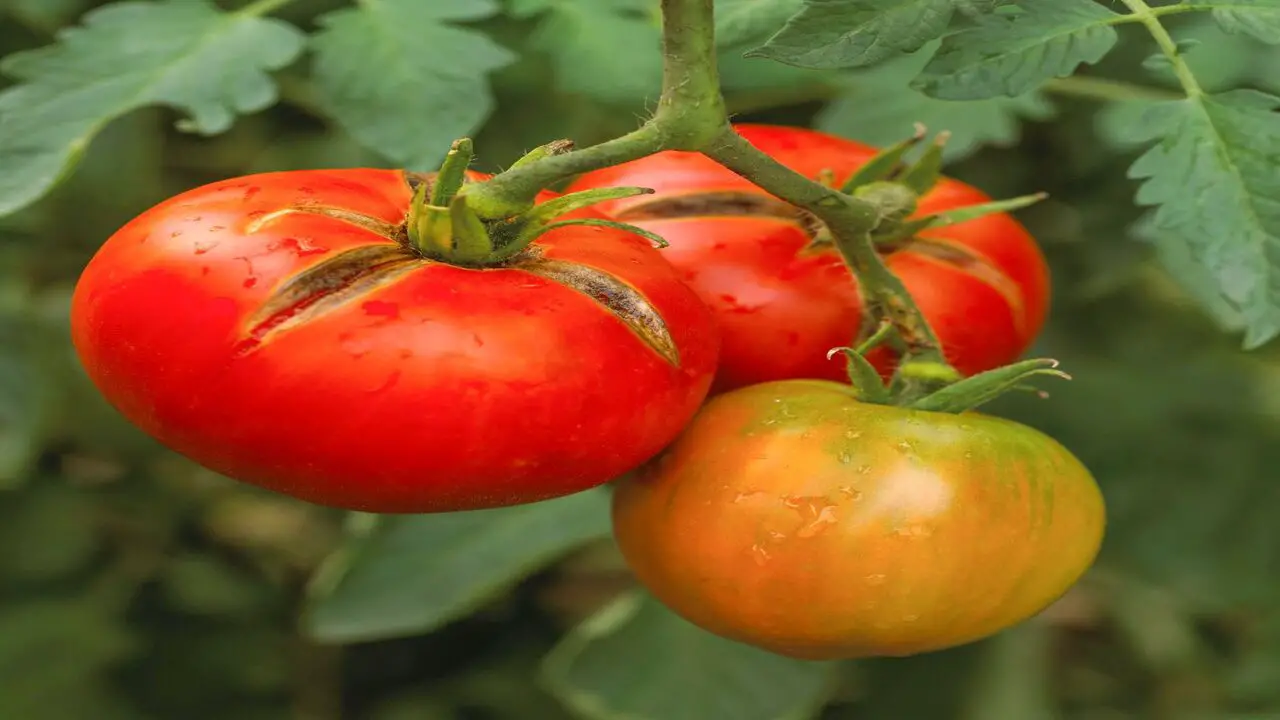
There are several reasons why tomatoes may split and crack as they ripen. One common cause is fluctuations in watering. If the plants are inconsistently watered, the tomatoes may absorb water too quickly, causing the fruit to expand rapidly and lead to splitting.
Conversely, if the plants receive a sudden heavy downpour after a drought, the rapid uptake of water can also cause the tomatoes to split. Another factor that contributes to splitting is uneven growth.
If the tomatoes are growing too quickly or exposed to extreme temperature changes, the skin may be unable to keep up with the internal growth, resulting in cracks. Additionally, certain tomato varieties are more prone to splitting than others, so it is important to select varieties that are known for
A. Overwatering
One of the common reasons why tomatoes may start splitting and cracking. When tomatoes are overwatered, the fruit absorbs too much water and grows rapidly, causing the skin to stretch. As a result, when the tomato receives inconsistent water levels, the skin may be unable to handle the sudden changes, leading to splitting and cracking.
Maintaining a consistent watering schedule for tomatoes is important, ensuring that the soil is evenly moist without becoming waterlogged. Providing proper drainage and avoiding excessive irrigation can also help prevent this issue.
B. Inconsistent Watering
One of the main reasons why tomatoes may split and crack. When tomatoes receive irregular amounts of water, especially during periods of drought followed by heavy rainfall, the outer skin can’t stretch quickly enough to accommodate the sudden influx of water. As a result, the tomato may burst open, causing it to split and crack.
To prevent this, it is important to maintain a consistent watering schedule for your tomato plants, ensuring they receive adequate moisture without sudden fluctuations. Additionally, providing a layer of mulch around the base of the plants can help regulate soil moisture and prevent rapid changes in water availability.
C. Rapid Fruit Growth
Often lead to tomatoes splitting and cracking. This occurs when the fruit absorbs water too quickly, causing the skin to stretch and ultimately rupture. Factors such as irregular watering, fluctuating temperatures, and inadequate calcium uptake can contribute to this issue.
Inconsistent watering practices, where tomatoes experience periods of drought followed by heavy watering, can cause the fruit to expand rapidly, leading to splitting. Similarly, sudden temperature changes, such as a sudden increase in temperature or exposure to excessive heat, can cause the tomatoes to grow too quickly and crack.
Additionally, insufficient calcium uptake by the plants can weaken the cell walls, making them more prone to splitting. To prevent tomato splitting and cracking, it is essential to maintain consistent watering, provide adequate calcium through fertilizers or amendments
D. Nutrient Deficiencies
Contribute to tomatoes splitting and cracking. When tomato plants do not receive enough calcium, they become more susceptible to this problem. Calcium is essential for cell wall development and strength, and a lack of it can lead to weak cell walls that cannot withstand the pressure exerted by the expanding fruit. Additionally, fluctuations in water availability can also be a factor in tomato splitting.
Inconsistent watering practices, such as periods of drought followed by heavy rainfall or overwatering, can cause the fruit to rapidly absorb water, leading to rapid growth and increased pressure on the skin, resulting in cracks and splits. Maintaining consistent watering habits and ensuring that tomato plants receive adequate calcium through balanced fertilization is important to prevent this issue.
E. Extreme Temperature Fluctuations
Often the main cause of tomatoes splitting and cracking. When the temperature rises, the tomatoes absorb water faster than they can expand, causing the skin to crack. Similarly, during periods of heavy rain followed by dry spells, the sudden water uptake can cause the tomatoes to swell and split. In addition to temperature changes, irregular watering practices can contribute to this issue.
Inconsistent watering can lead to fluctuations in the moisture levels of the tomatoes, stressing the fruit and making them more prone to splitting. To prevent this problem, it is important to maintain consistent watering schedules and provide adequate shade or protection from extreme temperature swings.
F. Pest And Disease Issues
Contribute to the splitting and cracking of tomatoes. Certain pests, such as tomato fruitworms or hornworms, can damage the fruit, causing it to split or crack as it grows. Diseases, such as blossom end rot or fungal infections, can weaken the skin of the tomatoes, making them more susceptible to splitting and cracking.
It is important to regularly inspect your plants for any signs of pest infestation or disease and take appropriate measures to address them. Properly maintaining and caring for your tomato plants, including providing adequate water and nutrient levels, can also help prevent splitting and cracking.
Prevention And Management Strategies
There are several reasons tomatoes may split and crack; understanding these factors can help prevent and manage this issue. One common cause of splitting and cracking is irregular watering. Tomatoes require consistent moisture levels, and fluctuations in water supply can cause the fruit to expand rapidly, leading to splitting.
To prevent this, it is important to water tomatoes regularly and evenly, ensuring the soil remains moist but not waterlogged. Another factor to consider is nutrient imbalance, particularly with calcium. Calcium deficiency can weaken the cell walls of tomatoes, making them more susceptible to cracking.
To address this, it is essential to provide adequate amounts of calcium through proper fertilization. Additionally, extreme temperature fluctuations, particularly during periods of rapid fruit development, can also contribute to
A. Proper Watering Techniques
Essential to prevent tomatoes from splitting and cracking. Inconsistent or excessive watering can cause the fruit to absorb water too quickly, stretching the skin and eventually breaking. Maintaining a consistent watering schedule is crucial to avoid this issue.
Tomatoes need about 1-2 inches of water per week, depending on the weather conditions. Deep, infrequent watering is recommended over shallow, frequent watering. This allows the roots to grow deeper and more resilient to moisture-level fluctuations.
Additionally, mulching around the plants can help retain moisture in the soil and prevent rapid drying out. Following these watering guidelines can minimize the risk of your tomatoes splitting and cracking, ensuring a bountiful and beautiful harvest.
B. Mulching And Providing Shade
Two important techniques that can help prevent tomatoes from splitting and cracking. Mulching helps to regulate soil moisture levels, preventing sudden fluctuations that can lead to the fruit expanding too quickly and causing the skin to split.
Placing a layer of organic mulch around the plants’ base retains moisture, and the soil temperature remains more consistent. Additionally, providing shade to the tomato plants during the hottest part of the day can help reduce the risk of cracking.
This can be done by using shade cloth or planting taller plants nearby that can provide shade. By implementing these practices, gardeners can minimize tomato splitting and cracking, resulting in healthier and more bountiful harvests.
C. Pruning And Supporting Tomato Plants
Important steps in preventing tomatoes from splitting and cracking. When tomato plants have excessive foliage, it can result in poor air circulation and uneven water absorption, leading to stress on the fruit. Pruning the plants by removing the suckers and excess branches allows for better airflow and sunlight penetration, reducing the chances of splitting.
Additionally, supporting the tomato plants with stakes or cages helps prevent the fruit’s weight from causing the tomatoes to crack. By providing necessary support and ensuring proper pruning techniques, gardeners can minimize the occurrence of tomato splitting and cracking, resulting in healthier and more aesthetically pleasing fruits.
D. Fertilizing And Maintaining Soil Health
Important factors to consider when trying to prevent tomatoes from splitting and cracking. When tomatoes receive excessive nitrogen-based fertilizer, they tend to grow too quickly, causing the fruit to expand rapidly and the skin to crack.
It is crucial to ensure a balanced supply of nutrients to the plants by using a slow-release fertilizer and following the recommended application rates. Additionally, maintaining proper soil moisture levels is crucial. Inconsistent watering, especially when followed by heavy watering, can lead to uneven growth and expansion of the tomatoes, resulting in cracks.
Regularly checking the soil moisture and providing consistent, deep watering can help prevent this issue. Finally, providing adequate support to the tomato plants, such as using cages or stakes, can help reduce stress on the fruit and
E. Monitoring And Controlling Pests And Diseases
Another essential aspect of preventing tomato splitting and cracking. Insects and diseases can weaken the tomato skin, making it more susceptible to cracking. Regularly inspecting the plants for signs of pests, such as aphids or tomato hornworms, and promptly taking action to control them can help minimize damage.
Additionally, diseases like blossom end rot can also lead to tomato cracking. Ensuring proper watering practices and providing adequate calcium levels in the soil can help prevent this condition.
By practising vigilant monitoring and proactive pest and disease control measures, gardeners can significantly reduce the occurrence of tomato splitting and cracking, resulting in healthier and more bountiful harvests.
Harvesting And Handling Tomatoes To Minimize Splitting And Cracking
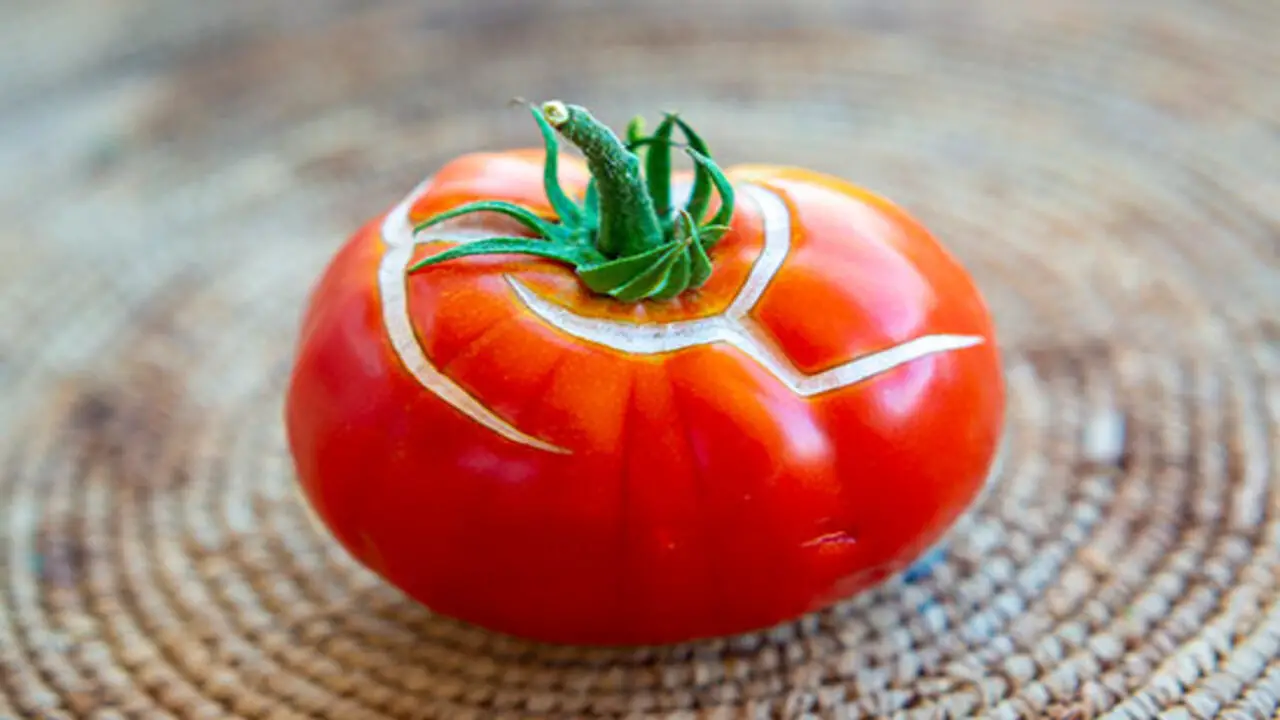
Harvesting and handling tomatoes properly can help minimize splitting and cracking. One reason tomatoes may split and crack is due to irregular watering patterns. Inconsistent watering, especially when followed by heavy rainfall or excessive irrigation, can cause the tomatoes to absorb water too quickly, leading to the expansion of the fruit and ultimately resulting in splitting or cracking. Here are some tips to prevent this issue:
- Harvesting: Pick tomatoes when fully ripe but firm. Avoid waiting too long, as over-ripened tomatoes are more prone to splitting.
- Watering: Maintain consistent watering practices to prevent fluctuations in soil moisture. Inconsistent watering can lead to rapid growth spurts, causing the tomatoes to crack. Ensure the soil is evenly moist, especially during dry periods.
- Mulching: Apply a layer of organic mulch around the tomato plants to regulate soil temperature and moisture levels. This helps prevent extreme fluctuations that can contribute to splitting and cracking.
- Pruning: Proper pruning can help improve air circulation around the plants and reduce overcrowding. This, in turn, helps prevent excess moisture buildup and reduces the likelihood of splitting.
- Fertilization: Avoid excessive nitrogen fertilization, as it can result in vigorous growth that makes tomatoes more prone
Troubleshooting And Problem-Solving
Troubleshooting and problem-solving are essential skills when it comes to addressing the issue of tomatoes splitting and cracking. This problem often occurs when there is uneven watering or rapid fluctuations in moisture levels. Here are a few steps to troubleshoot and solve this problem:
- Water Management: Ensure that tomatoes receive consistent watering. Avoid overwatering or allowing the soil to dry out completely. Use mulch to retain moisture and regulate soil temperature.
- Adequate Drainage: Ensure the soil has proper drainage to prevent excess water accumulation. Consider improving soil structure and drainage by adding organic matter or creating raised beds.
- Avoid Excessive Nitrogen: High nitrogen levels can promote rapid growth and result in tomato splitting. Use balanced fertilizers and avoid excessive nitrogen application.
- Consistent Temperature: Fluctuations in temperature, particularly hot days followed by cool nights, can cause tomatoes to split. Consider providing shade during peak sunlight hours or using row covers to moderate temperature fluctuations.
Common Myths And Misconceptions About Tomato Splitting And Cracking

Common Myths and Misconceptions about Tomato Splitting and Cracking Despite being a common issue, there are several myths and misconceptions surrounding why tomatoes split and crack. One prevalent myth is that overwatering is the main culprit. While excessive watering can contribute to the problem somewhat, it is not the sole cause.
Inconsistent watering is more likely to blame as it causes the tomatoes to absorb water rapidly, leading to internal pressure buildup and subsequent cracking. Another misconception is that tomato variety plays a significant role in this issue.
- Overwatering Causes Tomato Splitting: This is a common misconception. While excessive watering can lead to issues like root rot, it is not the direct cause of tomato splitting. Splitting occurs when there is a sudden influx of water after drought or stress.
- Lack Of Calcium Causes Tomato Cracking: While calcium deficiency can contribute to certain plant diseases, it is not the sole cause. Cracking is primarily caused by fluctuations in moisture levels, especially when tomatoes receive inconsistent watering.
- Only Certain Tomato Varieties Crack: While some tomato varieties may be more prone to splitting and cracking than others, it can occur in any type of tomato. Factors such as weather conditions, watering habits, and stage of ripeness can affect the likelihood of cracking.
- Cracking Occurs As Tomatoes Ripen: Contrary to popular belief, cracking occurs not only during the ripening stage.
Conclusion
Tomato splitting and cracking is a common issue faced by many gardeners. It is caused by a combination of environmental factors, such as fluctuations in temperature and moisture, as well as genetic factors within the tomato plant.
While it may be frustrating to see your tomatoes split and crack, some steps can be taken to prevent this issue and ensure a successful harvest. By understanding the causes and implementing preventative measures, gardeners can enjoy a bountiful and healthy crop of tomatoes. Further research and experimentation in horticulture may also lead to new methods for mitigating tomato splitting and cracking.
FAQ
1.What Causes Tomatoes To Split And Crack?
Ans: Tomatoes can split and crack due to fluctuations in water availability. When tomatoes receive inconsistent watering, the fruit may absorb water quickly, causing the skin to expand rapidly and crack. Excessive heat, rapid growth, or certain diseases can also contribute to tomato splitting.
2.How Can I Prevent My Tomatoes From Splitting And Cracking?
Ans: To prevent tomatoes from splitting and cracking, ensure consistent watering by providing a deep, even soak rather than frequent shallow watering. Mulching around the plants can help retain moisture. Avoid over-fertilizing, especially with nitrogen-rich fertilizers, as it can lead to rapid growth and increased chances of splitting.
3.Are Certain Tomato Varieties More Prone To Splitting And Cracking?
Ans: Yes, certain tomato varieties are more prone to splitting and cracking. This is typically seen in large or beefsteak-type tomatoes, as their size and thin skin make them more susceptible to fluctuations in moisture levels. Varieties such as ‘Brandywine’ or ‘Beefsteak’ are known to be more prone to splitting. On the other hand, smaller or cherry tomato varieties tend to have thicker skin and are less likely to split or crack.
4.Does Overwatering Or Underwatering Contribute To Tomato Splitting And Cracking?
Ans: Both overwatering and underwatering can contribute to tomato splitting and cracking. Overwatering can cause the tomato fruit to absorb too much water, leading to rapid growth and expansion, resulting in skin splitting. On the other hand, underwatering can cause the fruit to become stressed and the skin to become dry and brittle, making it more prone to cracking.
5.Can Extreme Temperature Fluctuations Lead To Tomato Splitting And Cracking?
Ans: Yes, extreme temperature fluctuations can lead to tomato splitting and cracking. When tomatoes experience rapid changes in temperature, such as hot days followed by cool nights, the fruit may expand and contract at different rates. This uneven growth can cause the skin to crack and split.


